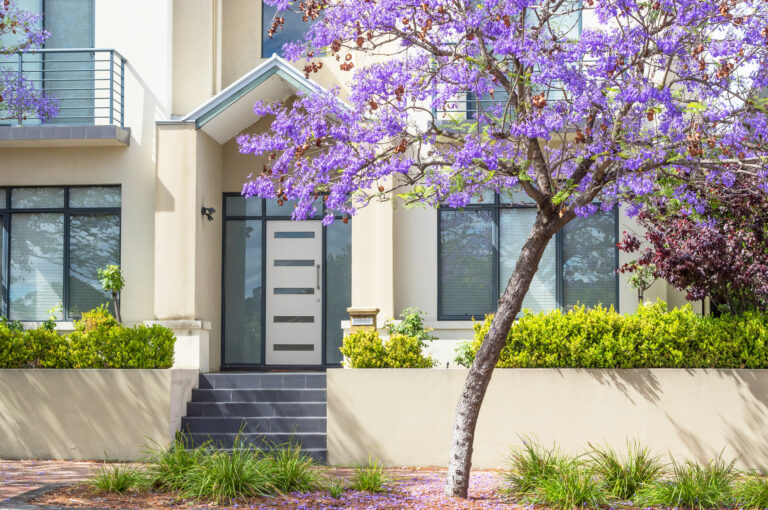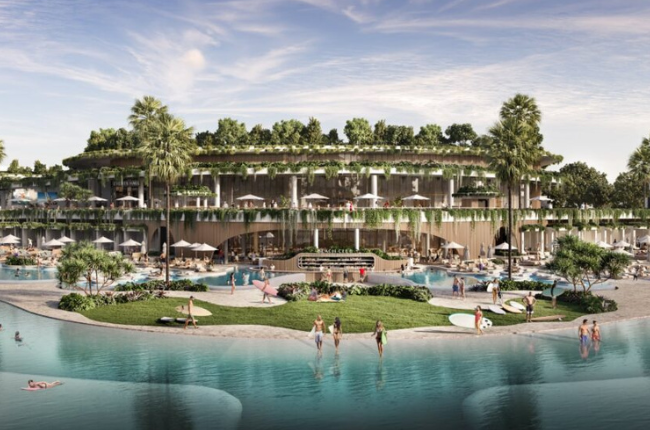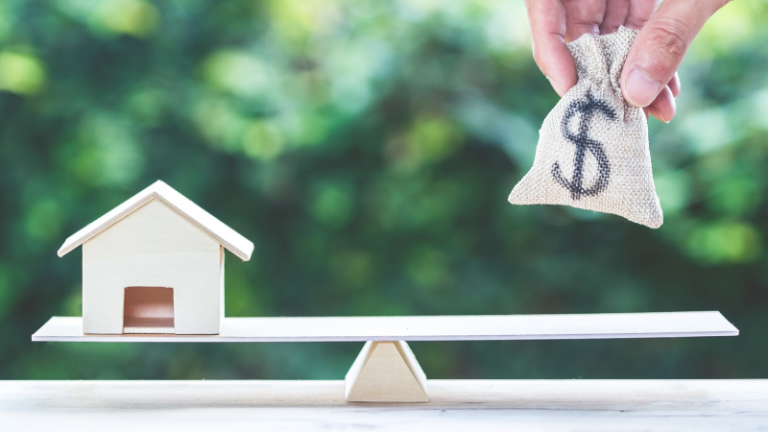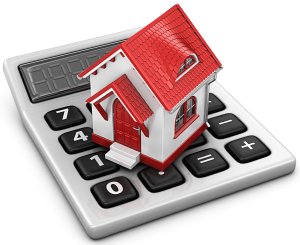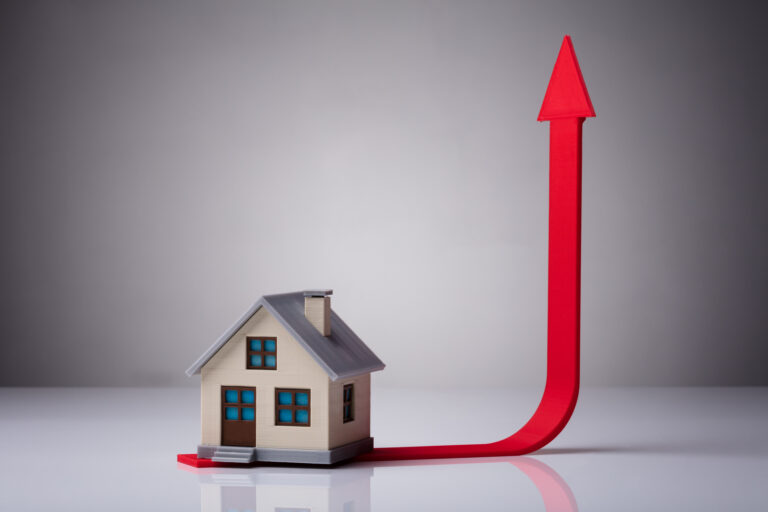Southport is set for a $5 billion infrastructure boom over the next decade, according to a new report by Colliers International. “The Southport CBD has firmly established itself as the Gold Coast’s city centre with the highest concentration of employment and population,” it says. “With city-changing projects expected to become a reality, commercial redevelopment opportunities are emerging in the precinct, which is a crucial location for the city’s expanding transport network.” Steven King of Colliers says there has been increasing interest in Southport. “We’ve experienced a surge in demand from investors, developers and end-users for properties in Southport CBD, which is fast becoming the go-to precinct for many of them,” he says. King says buyers recognise the untapped potential of the precinct and the planned rejuvenation of Chinatown and refurbishment of Australia Fair have added to the appeal. “The office market has been particularly strong, with the Southport market ranking among the city’s top markets for the take-up of space.”
GC Budget Targets Growth
The Gold Coast is set to expand rapidly with the Council’s latest budget committing to its largest capital works program ever. A record $777 million has been allocated to building infrastructure in the FY2024 budget. Mayor Tom Tate says it is about “building for the future, now”. Of that investment, $378 million will be spent on transport and road infrastructure. More than $16million will be spent on parking facilities and regulations, while the Gold Coast light rail system will be allocated almost $36 million. A road upgrade and bridge construction at Yawalpah Rd, Pimpama has been allocated more than $14 million, while the upgrade of the intersection of Wardoo St and Cotlew St at Ashmore has been earmarked for $8 million in funding. Before the budget, the Gold Coast City Council asked residents to highlight where they would like to see money spent. “More than 6,100 responded and they made it clear the road network was the number one city-service most valued.
Quote of the Week
“I had thought that we would not see the bounce that we have seen. I think what that shows is the other factors that influence short-term prices in housing, such as population growth, wages growth, stock increases, are all overpowering the increases in interest rates that we have seen.”
Brendan Rynne, KPMG Economist
Prices Rise As Listings Drop
Sellers are feeling more confident about asking prices, as listings remain low, leading to more competition for properties. New figures from SQM Research show that in May, asking prices increased by 2.1%, the second consecutive monthly rise. SQM managing director Louis Christopher says at the same time residential property listings were down by 0.3% on the previous month. “Overall, listings activity for the month of May was a positive for vendors with evidence of higher absorption rates and slightly less competition from other property sellers,” he says. The biggest drop in listings during the month was in Perth, which was down 3.2%, followed by Brisbane -1%, Hobart -0.7%, Melbourne -0.6% and Adelaide -0.5%. Listings rose 3.6% in Darwin, 3% in Canberra and 0.4% in Sydney. Christopher is predicting further drops in listings in June. “Typically, new listings fall between 10% to 20% over the month of June due to the seasonal winter conditions,” he says
Investors Diversifying More
Investors have started to diversify where they buy, with new data showing they are purchasing further from home. Analysis by MCG Quantity Surveyors shows the average distance between where landlords live and where they invest is 857km, up from 559km in the year to November 2021. Real estate expert John McGrath says the ability of people to work from home has caused a massive migration from capital cities such as Sydney and Melbourne to regional Australia. These increased prices and rents, making these locations more appealing to investors. As a result of that increasing demand, capital growth in regional areas is now higher than in many capital cities. McGrath says values in regional areas are growing from a much lower price base, so investors may feel there is more room for further growth in the regions over the long term. He says recent rate rises which reduced borrowing capacities may have also lured investors to look to more affordable regional markets.
Prices Tipped To Hit New Highs
Australian house prices are predicted to reach new highs by the start of 2024. PropTrack figures show house prices steadily increased during the first five months of 2023, and are now only 2.6% below their peak during the pandemic boom. PropTrack senior economist Eleanor Creagh says with limited stock coming to market, buyer interest is being concentrated which is underpinning price rises and offsetting the affects of continual rate rises. “If the pace of price growth recorded over the past quarter continues, national property prices will surpass their prior peak by January 2024,” she says. KPMG Economist Brendan Rynne says most economists thought the market would be cooler than it currently is. “I had thought that we would not see the bounce that we have seen,” he says. “I think what that shows is the other factors that influence short-term prices in housing, such as population growth, wages growth, stock increases, are all overpowering the increases in interest rates that we have seen”.


